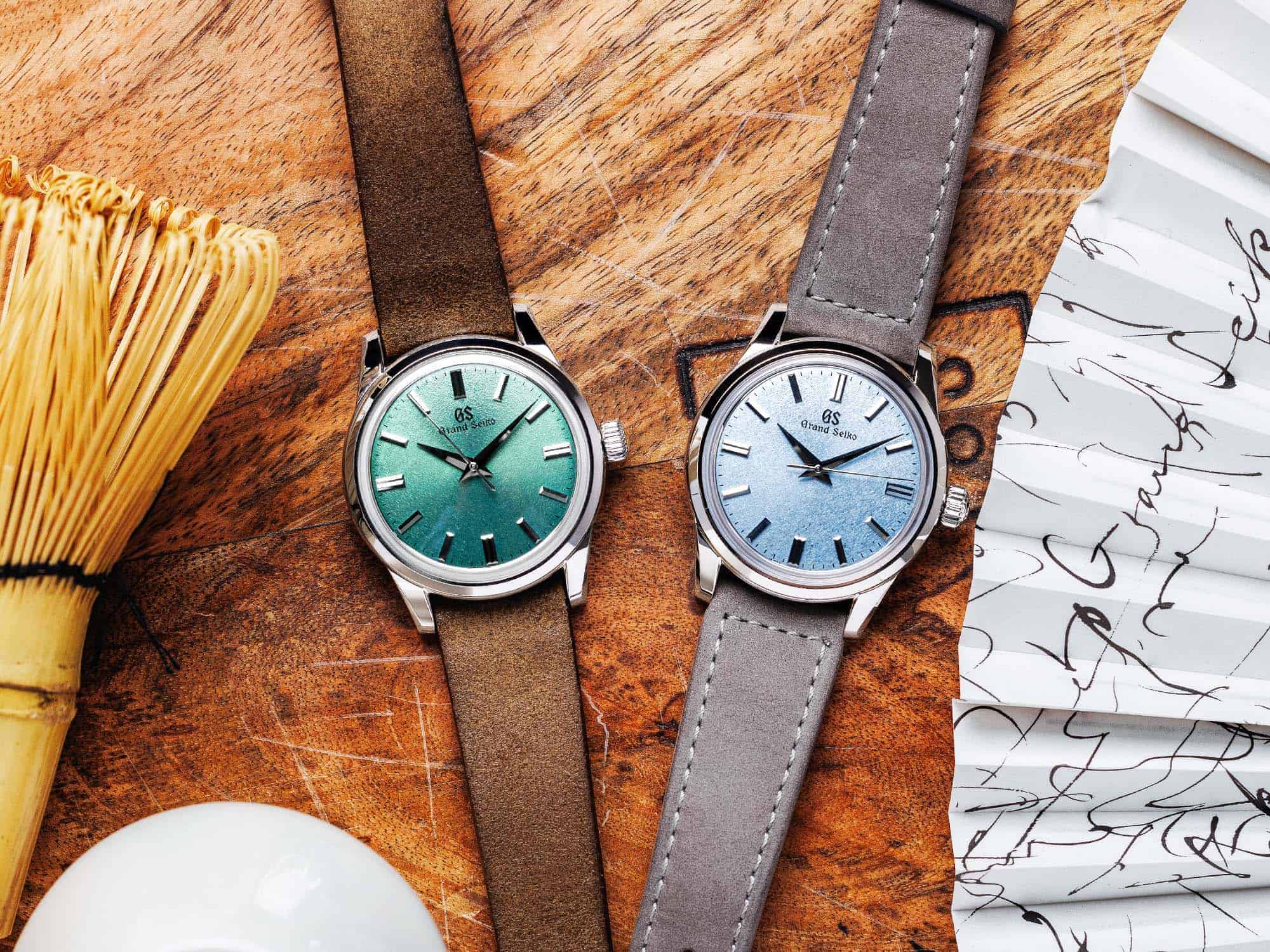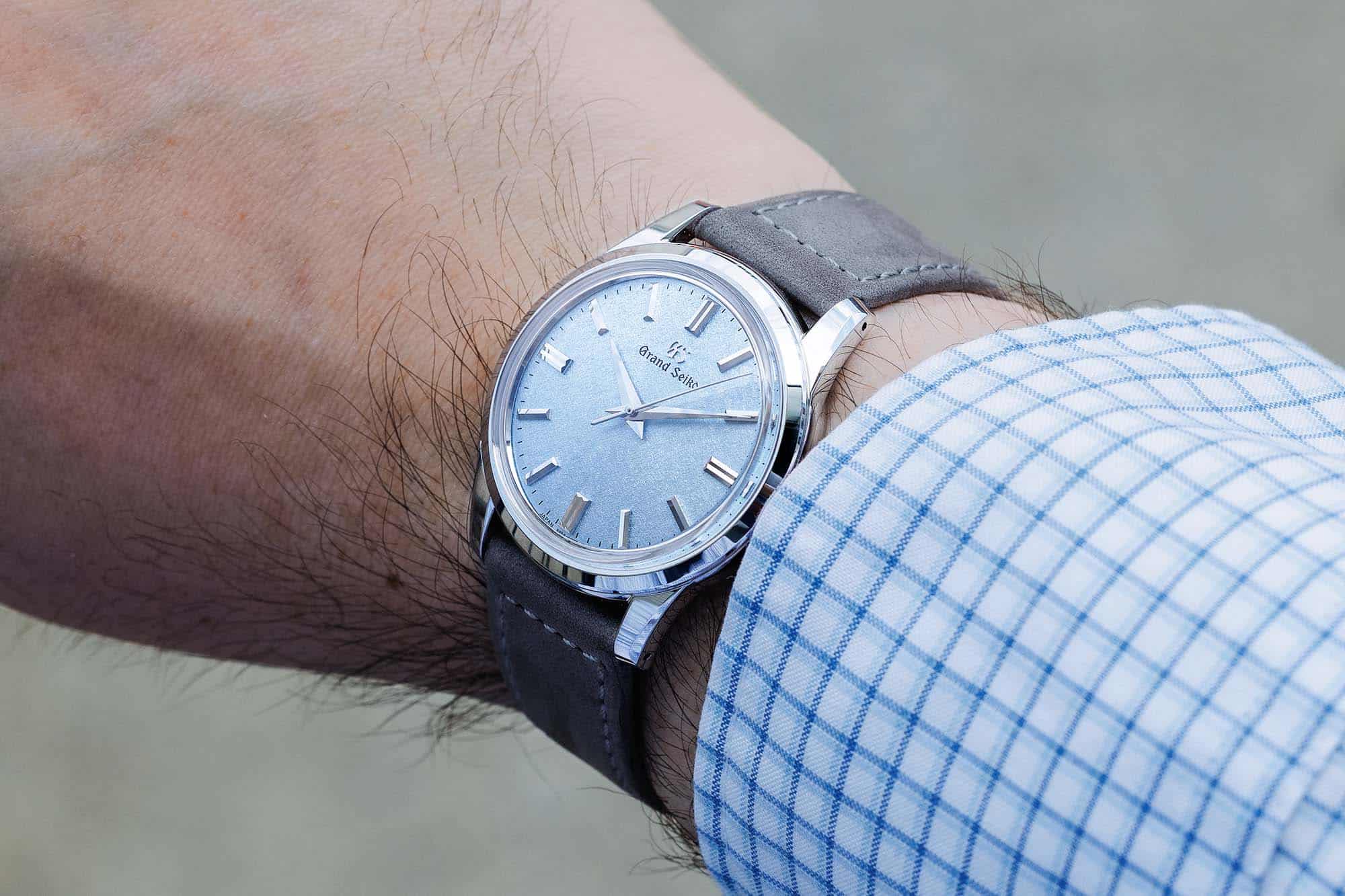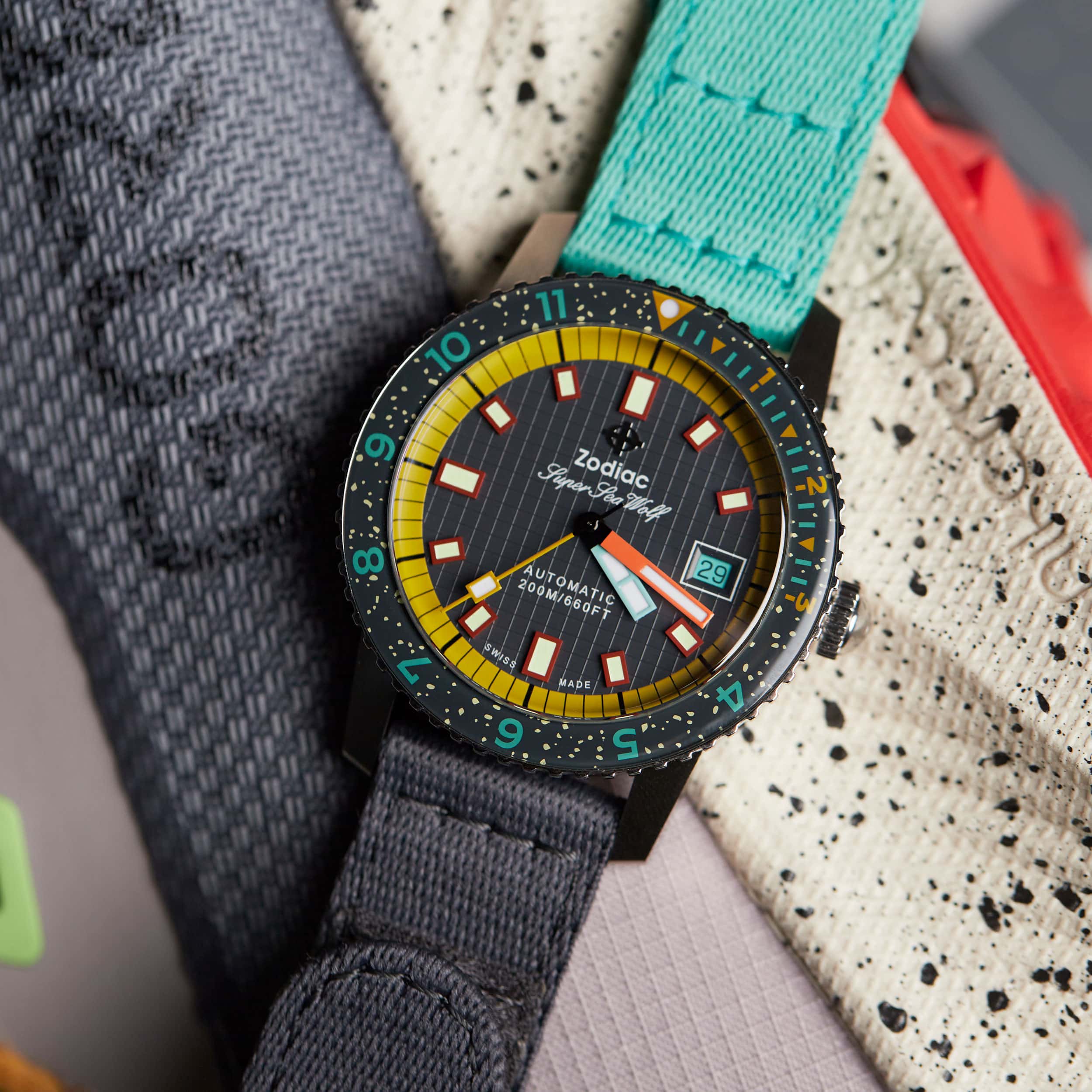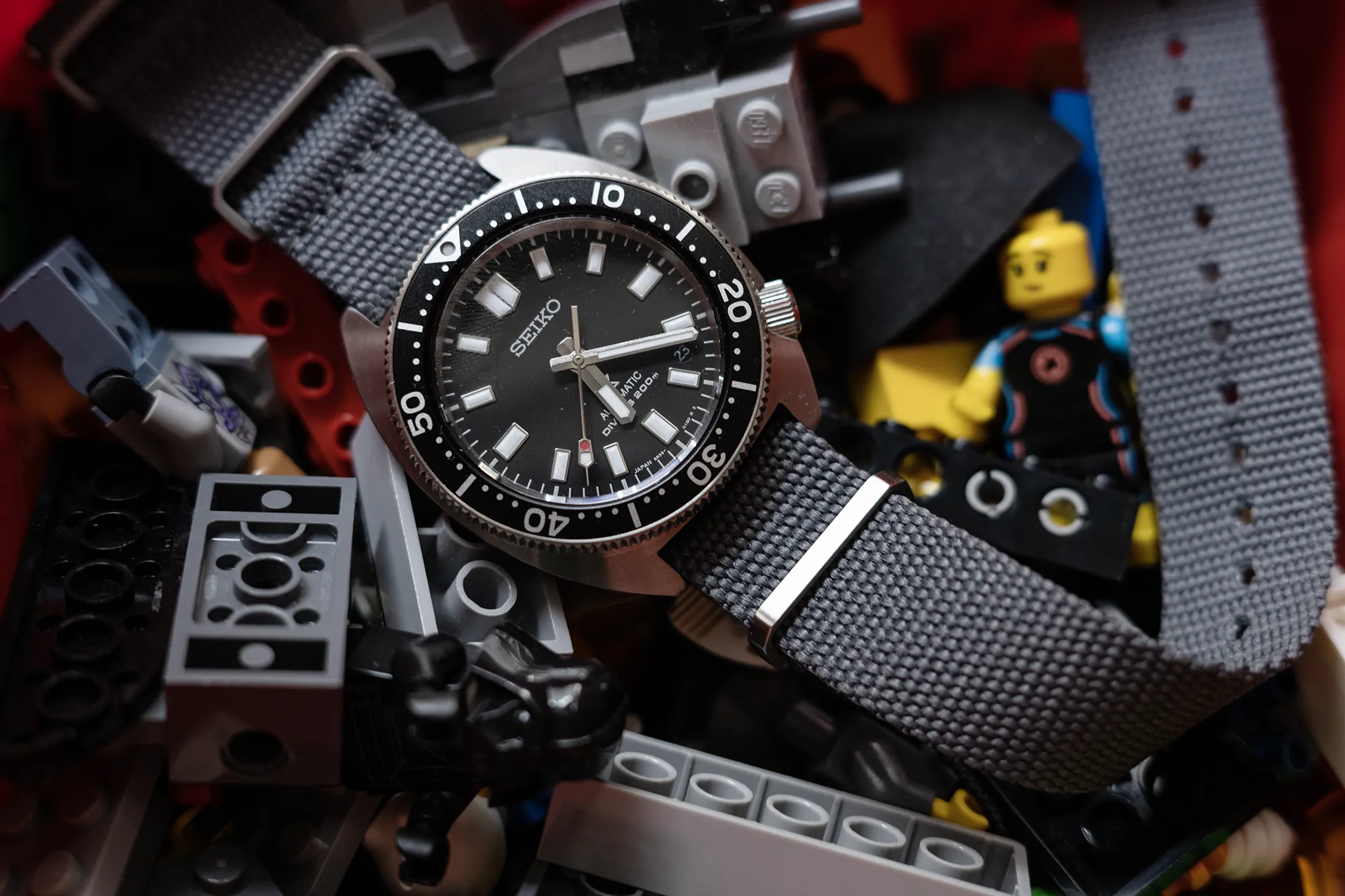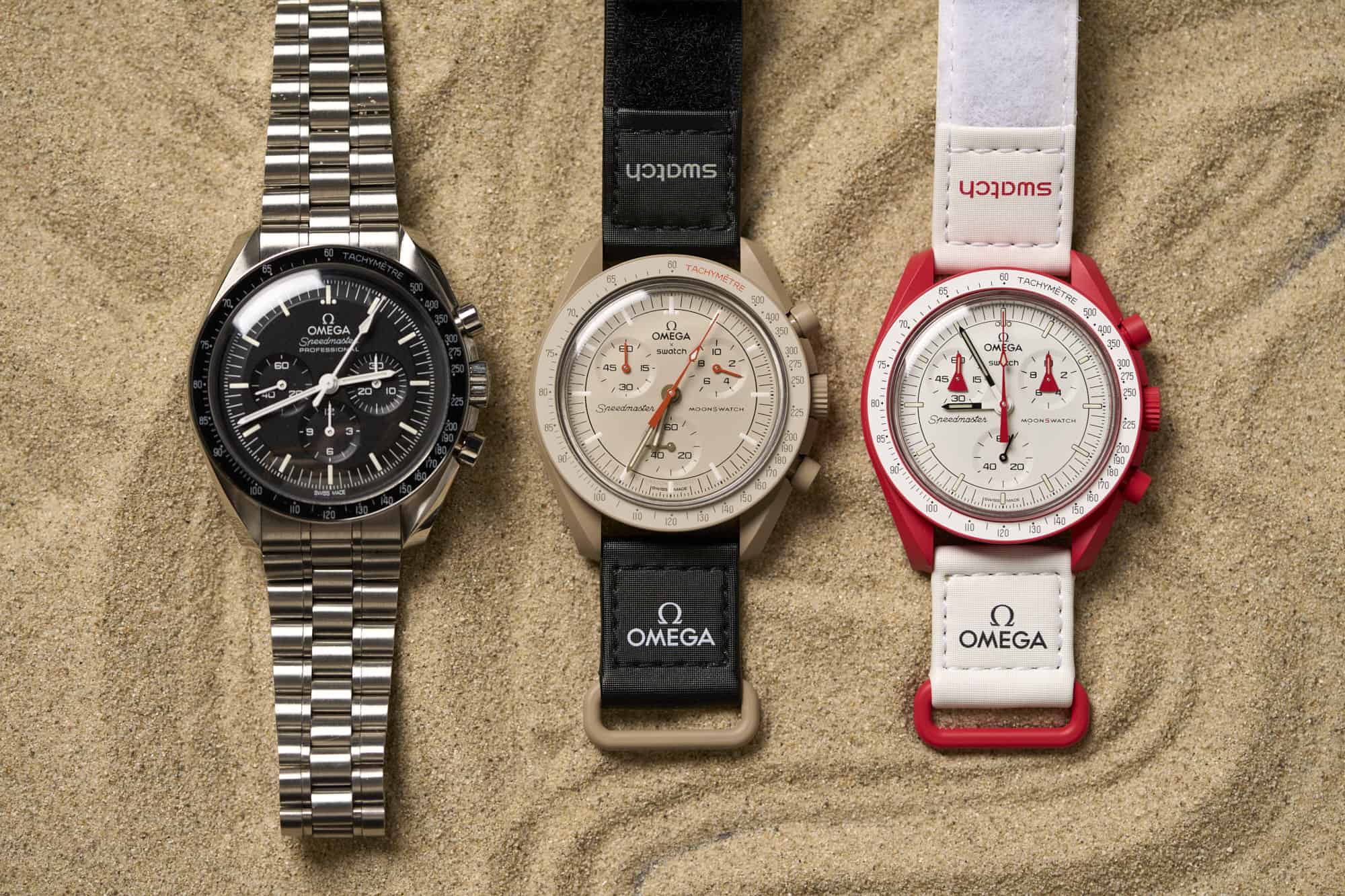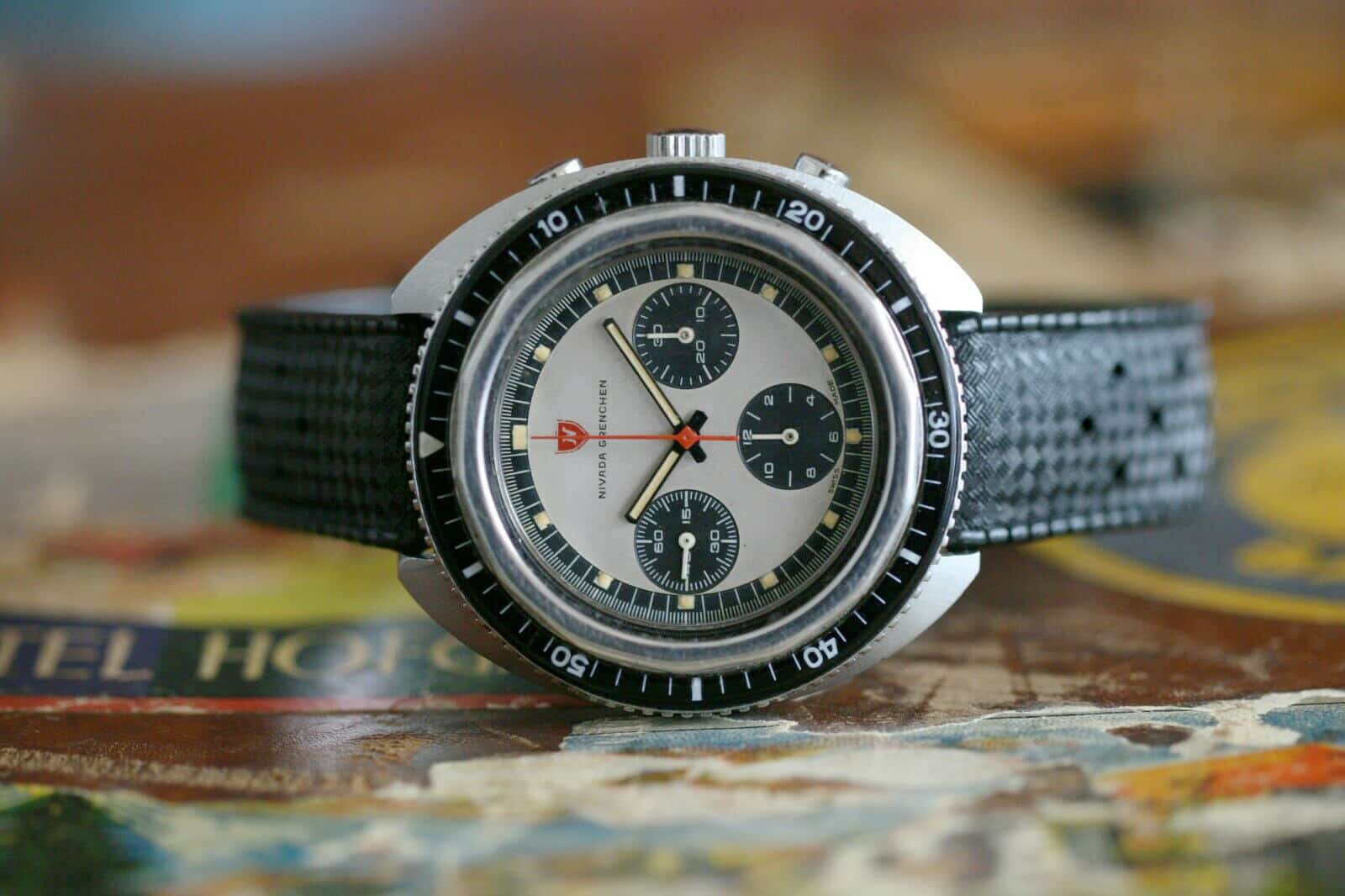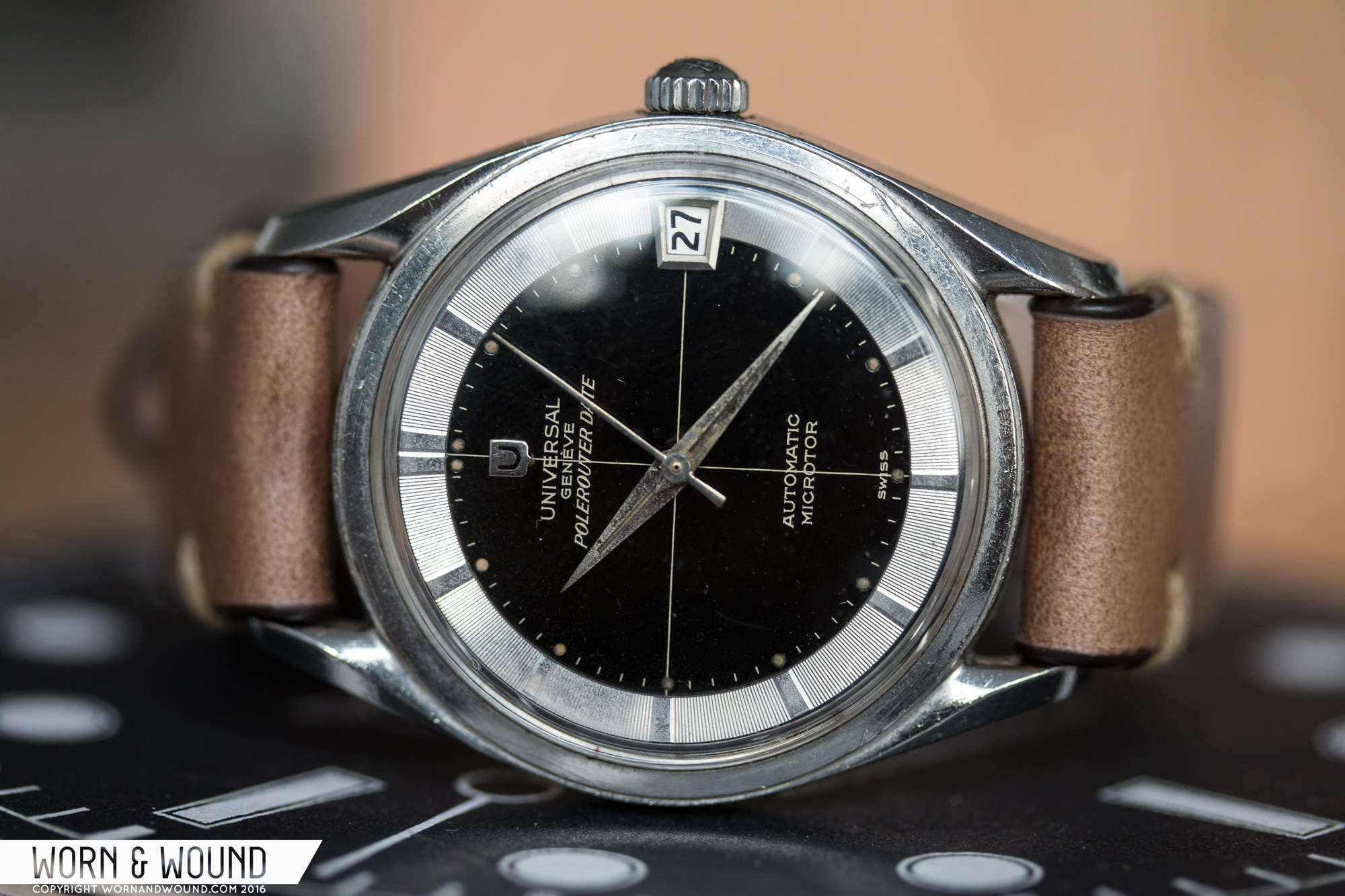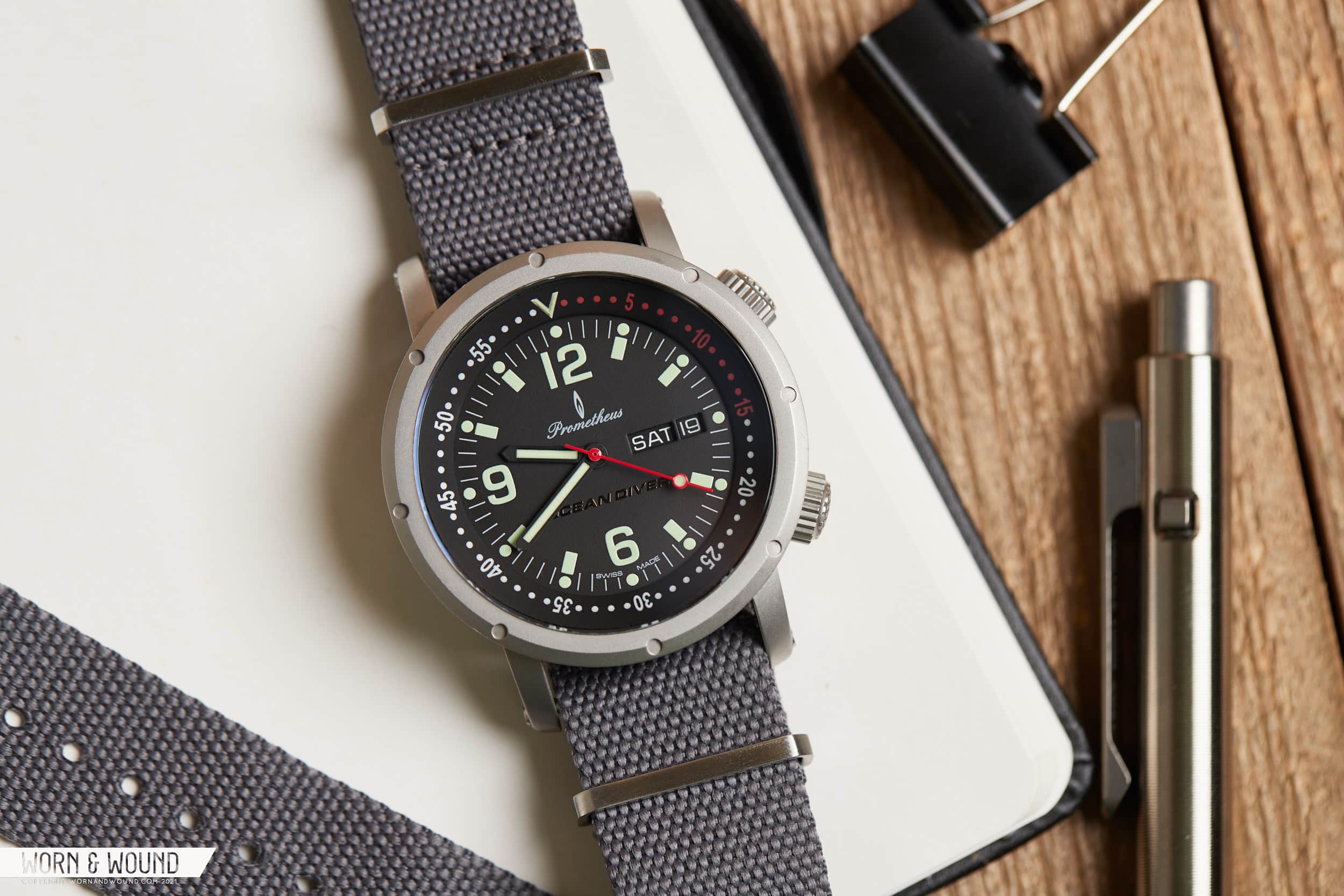Last week, a conversation began in our Worn & Wound+ Slack community about how you know it’s the right time to sell a watch. We thought it would be fun to get the team together, to find out what the determining factor is for everyone on how you come to the difficult (or not so difficult) decision to let something go. There are a lot of variables at play, from wear time, to financial considerations, to pure laziness, that determine when or if a watch gets sent to the classified listings of our favorite enthusiast forums.
Check out the reasoning for these decisions among our editorial staff and team of contributors below, and be sure to let us know in the comments how you know that it’s the right time to sell a watch.
Zach Kazan
My approach to determining when to sell a watch is anything but scientific. In fact, I don’t know that you’d say I have an “approach” at all. It’s governed primarily by the unfortunate financial reality that I can’t actually afford to own every watch I’d like to have in my collection, and the creeping anxiety of seeing watches unworn in the watch box, day after day, month after month, year after year. I don’t let it get to that point, however, for fear that I might completely and utterly lose my damn mind.
The primary factor, though, that actually determines when I’ll list a watch for sale, is my own laziness. Whether it’s the fact that I work in the watch industry day in and day out, or the absolute hellscape that is r/watchexchange and other enthusiast sales forums, when it comes time to kick back and relax at the end of a long day in the coal mines, the last thing I want to do is take a bunch of stupid pictures, write a stupid sales listing, and field a bunch of (sorry) stupid questions from tire kickers. I’d rather just finish re-watching all of the Mission: Impossible films before my Paramount Plus trial subscription runs out, doze off on the couch, and wake up confused at 3:00 AM, wondering why I was dreaming that I had a very important meeting in the Burj Khalifa.









 Featured Videos
Featured Videos




